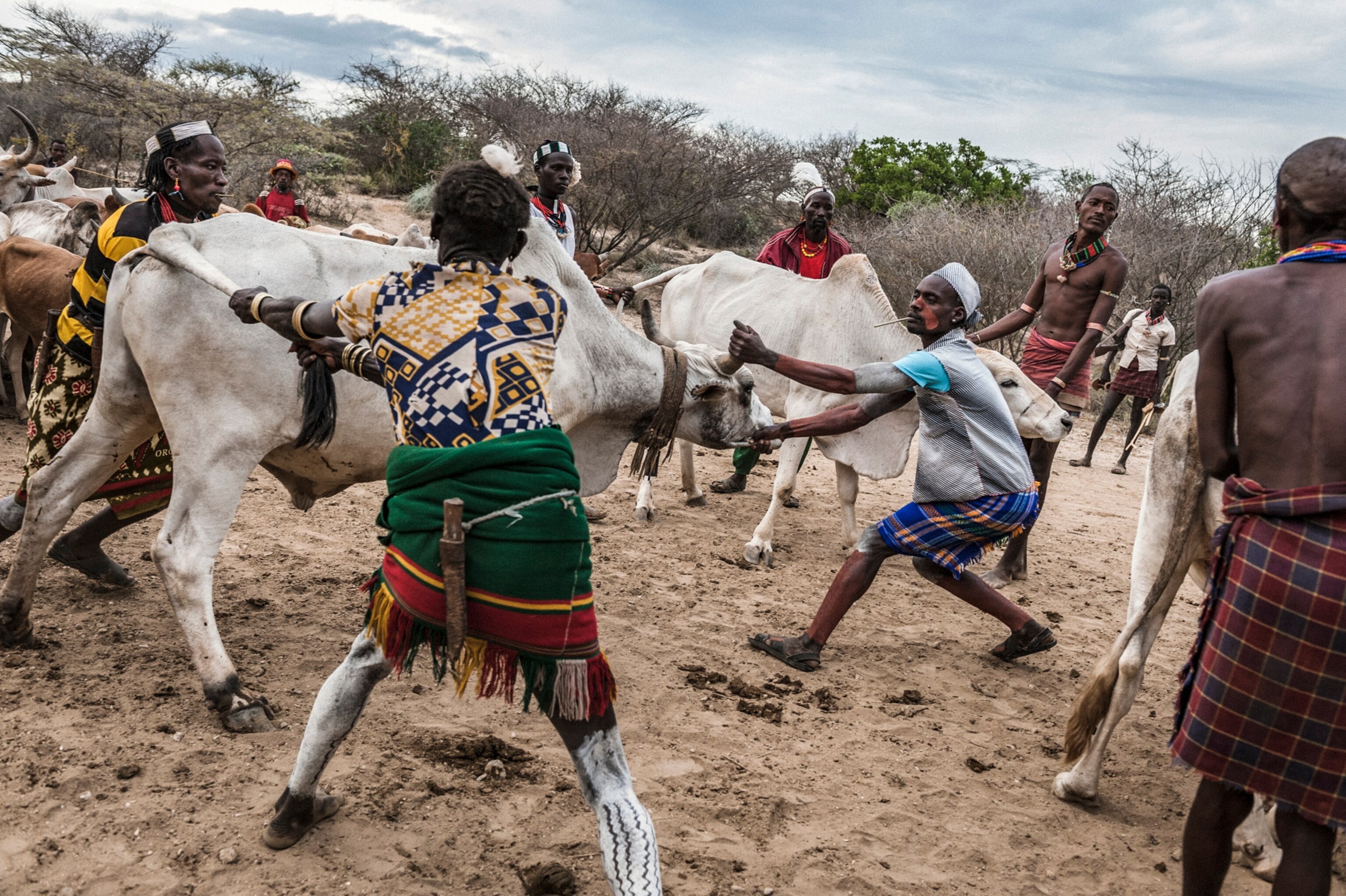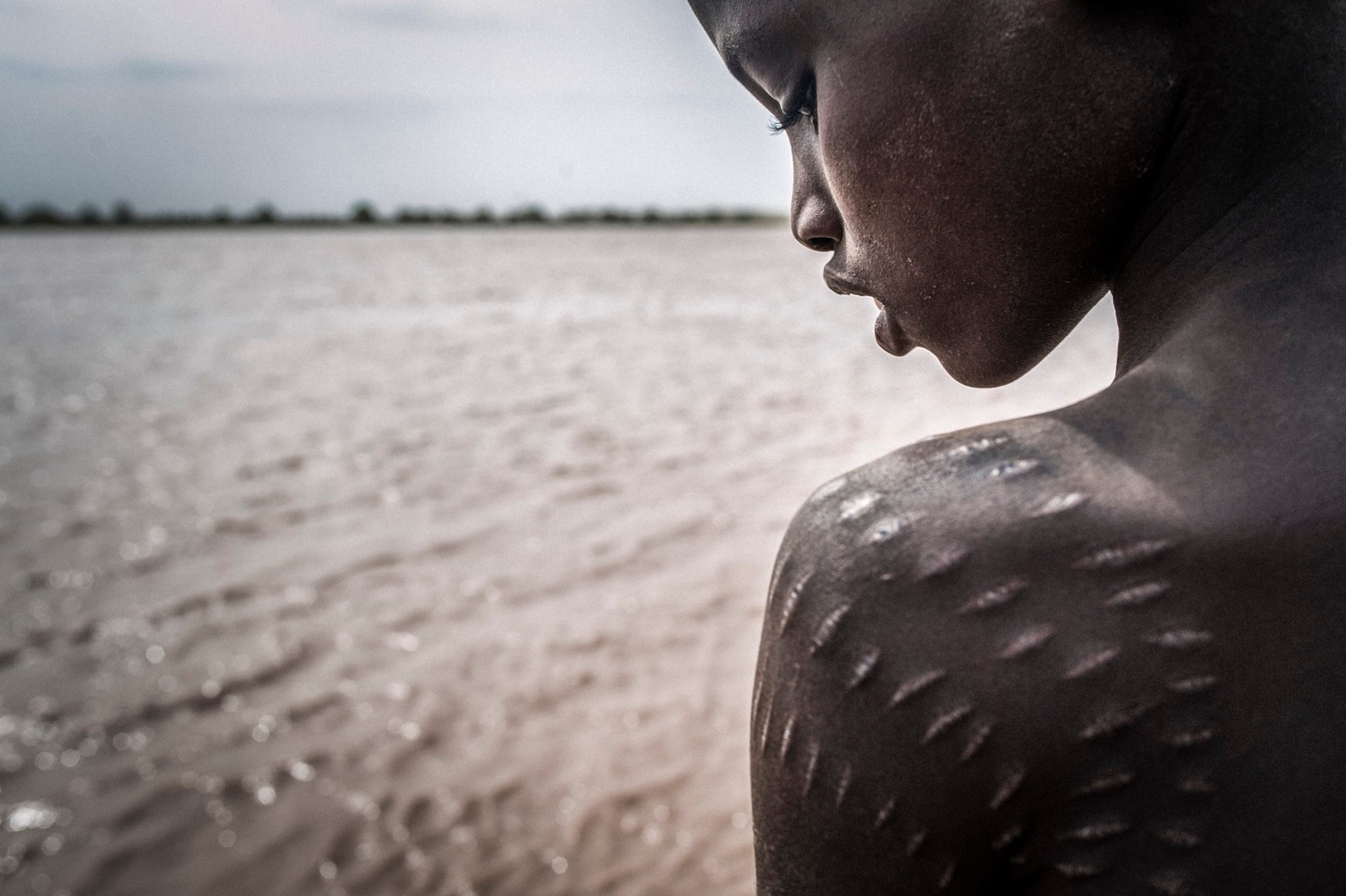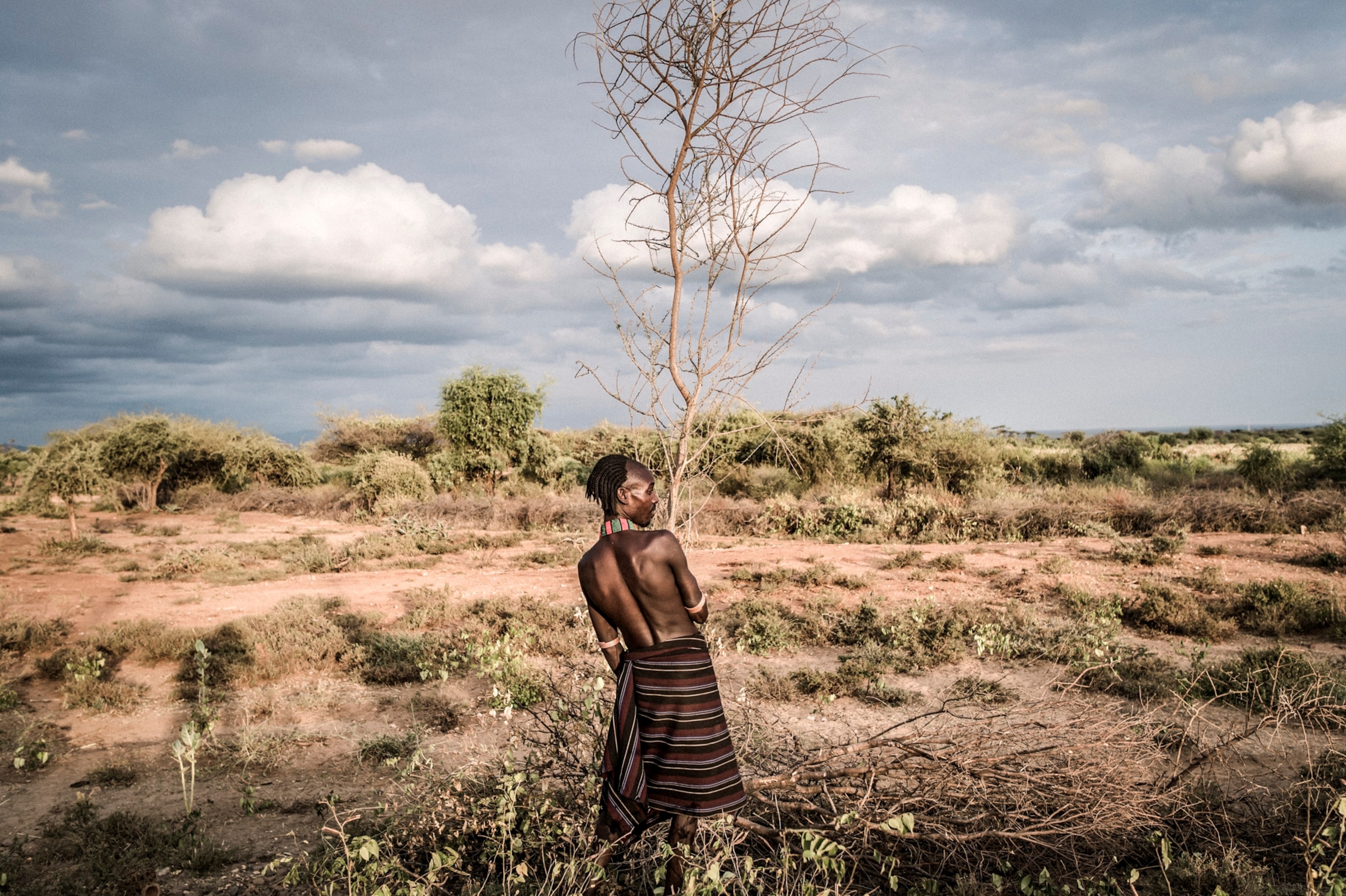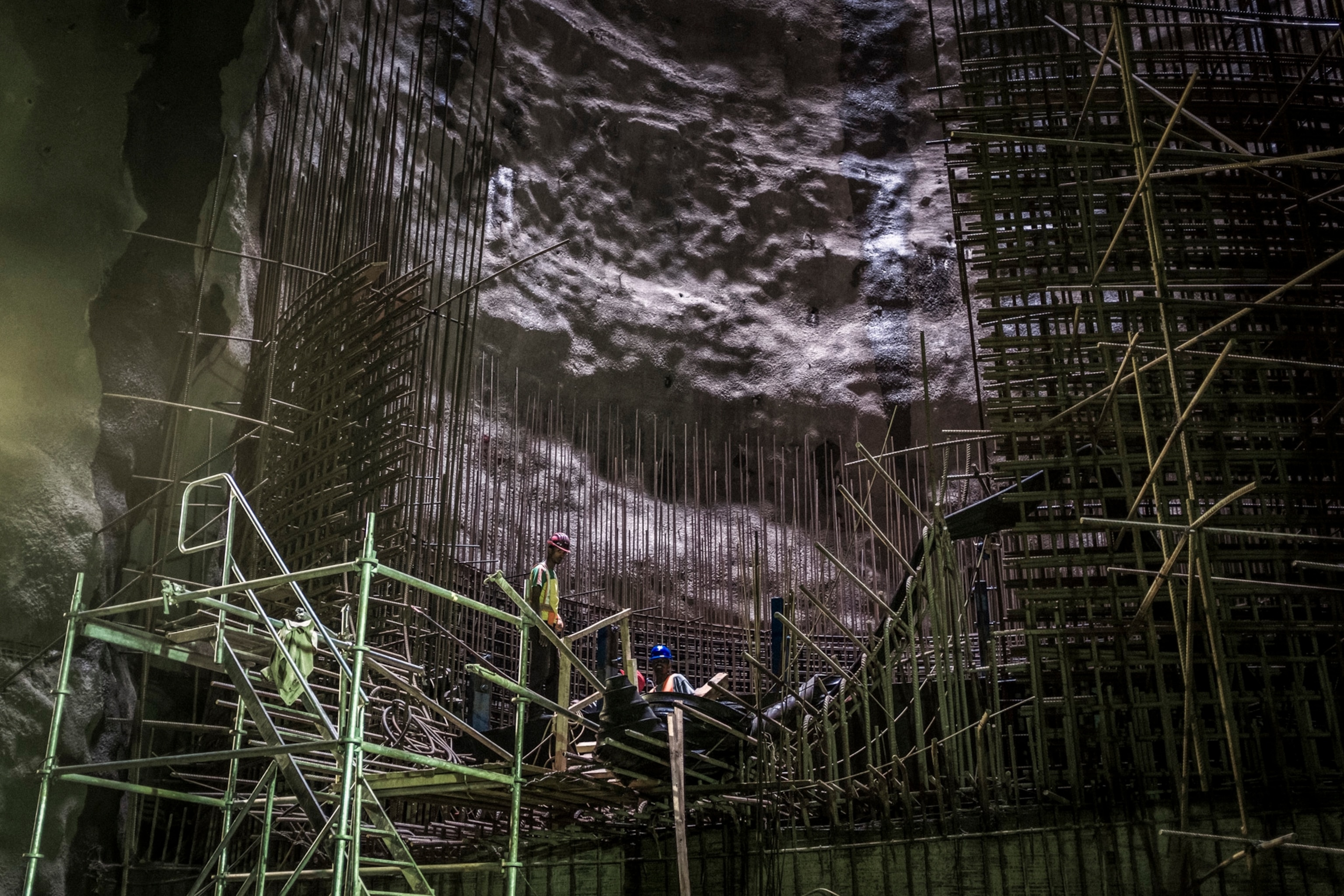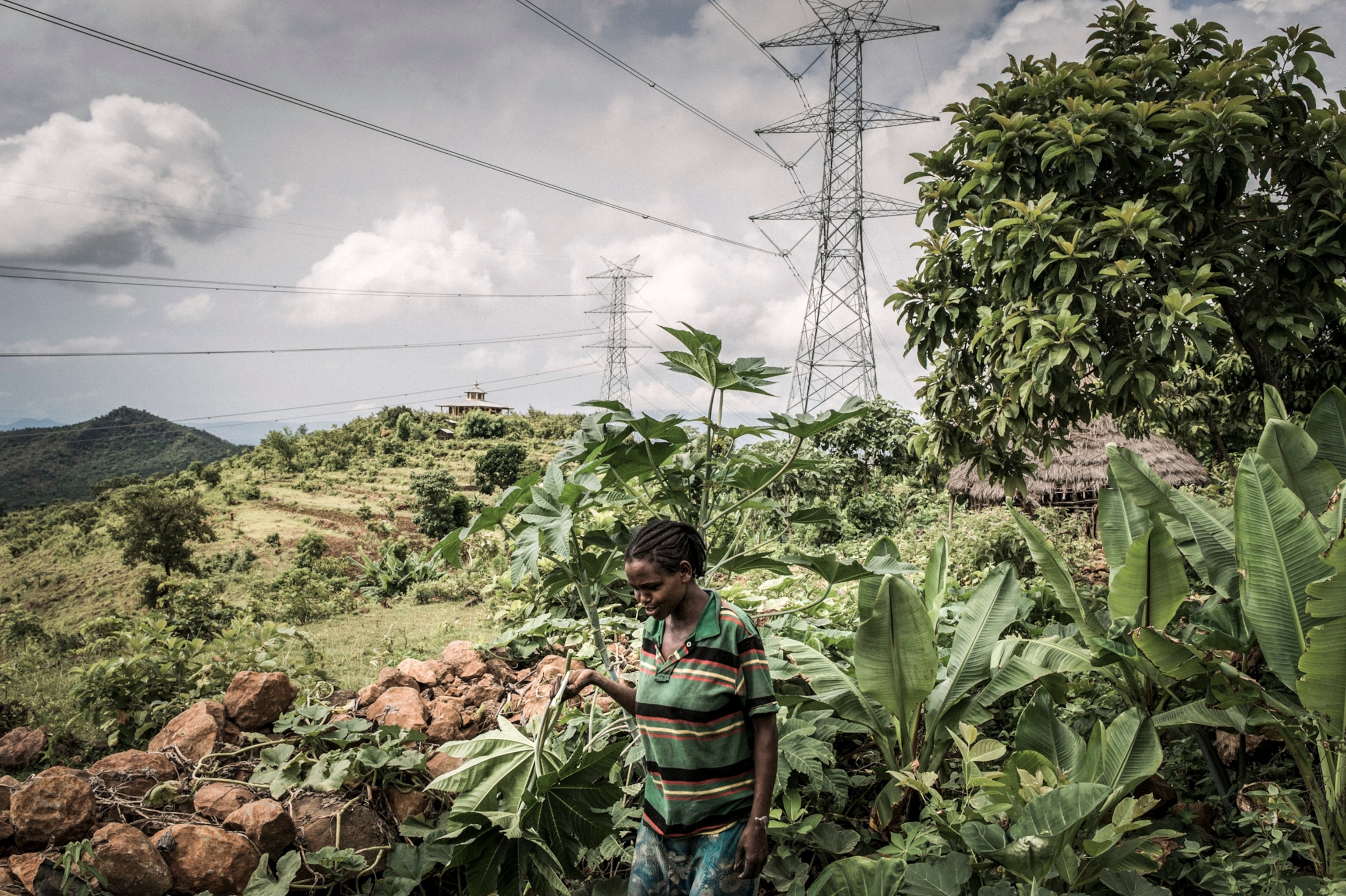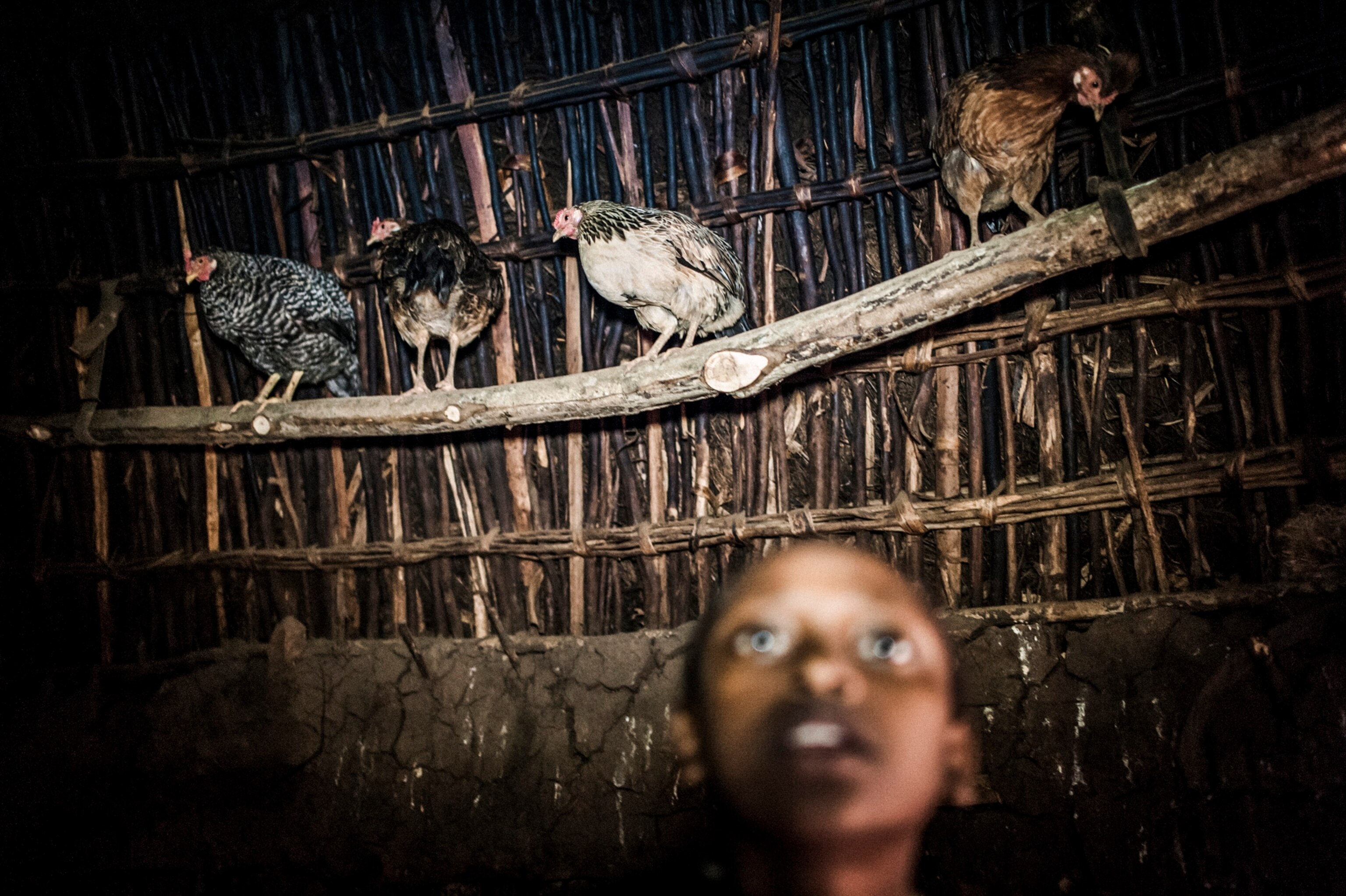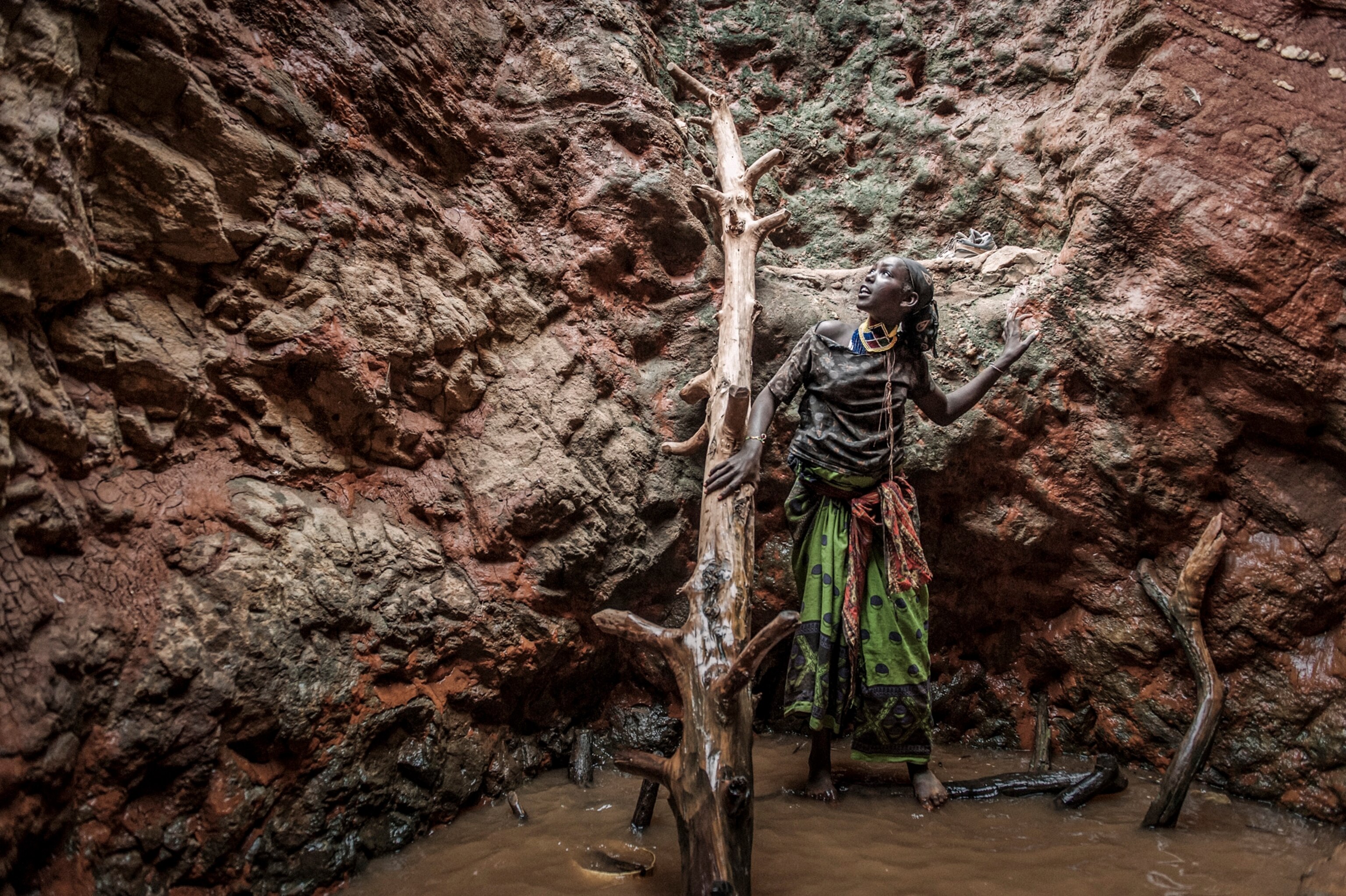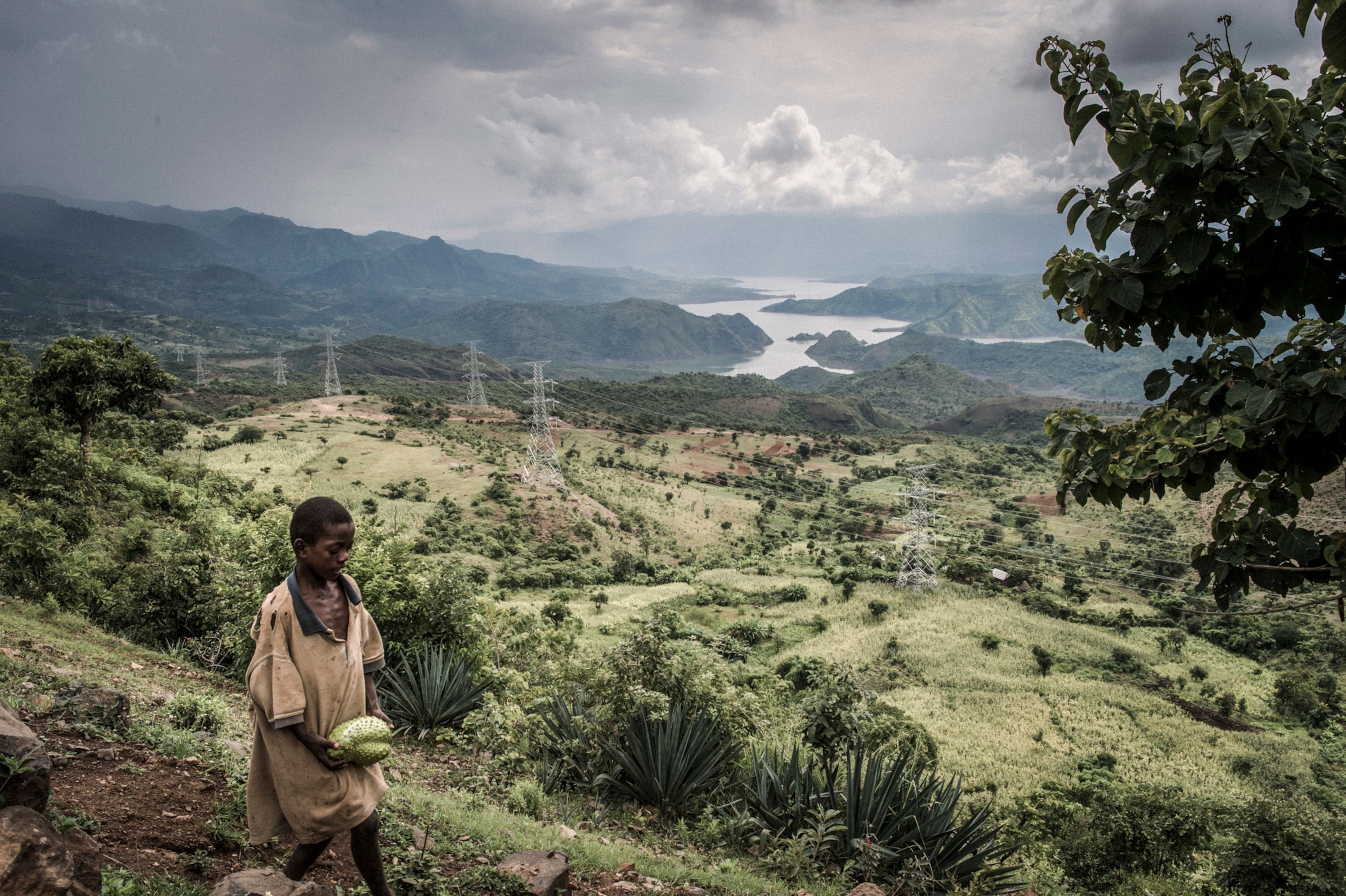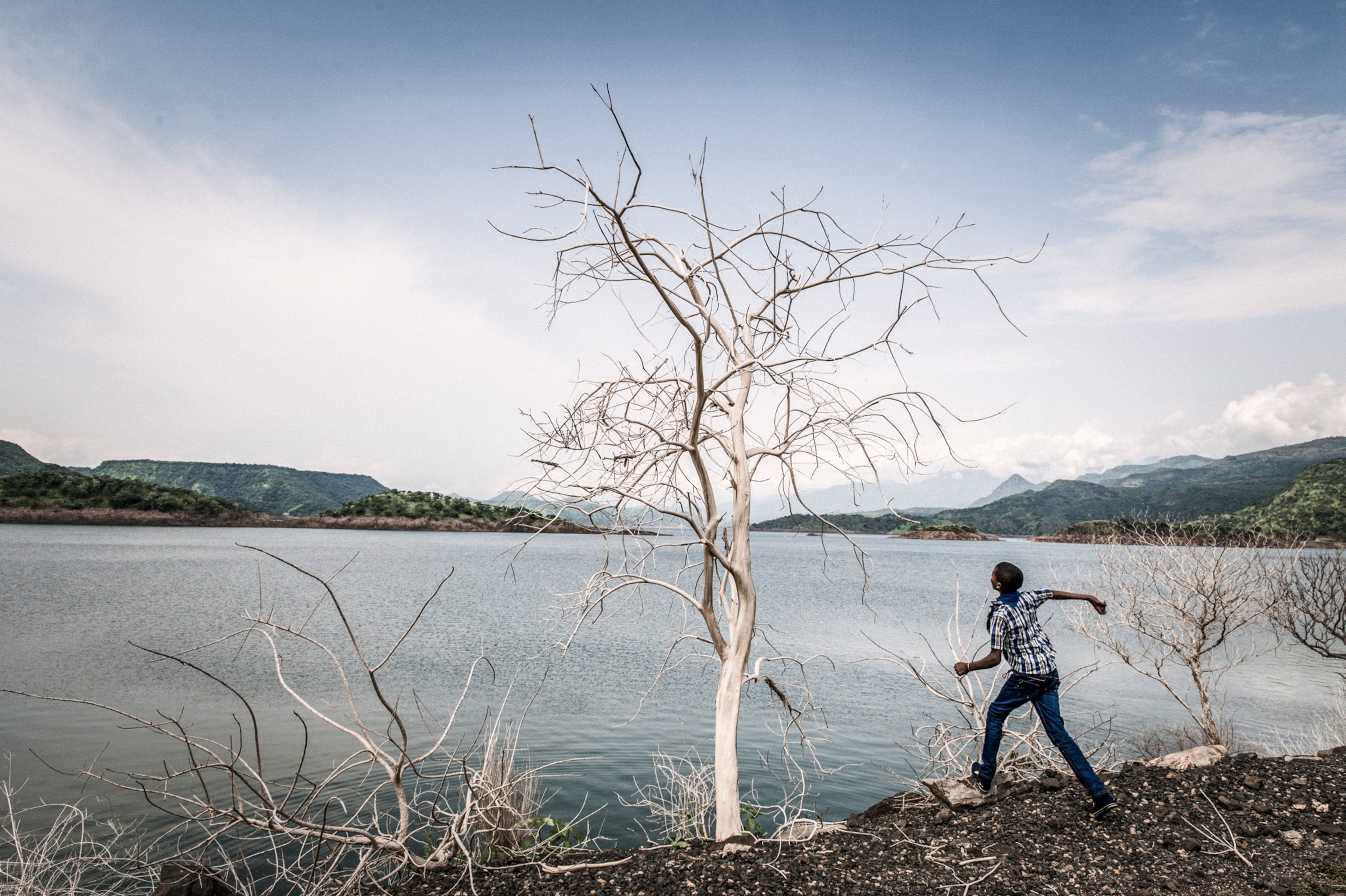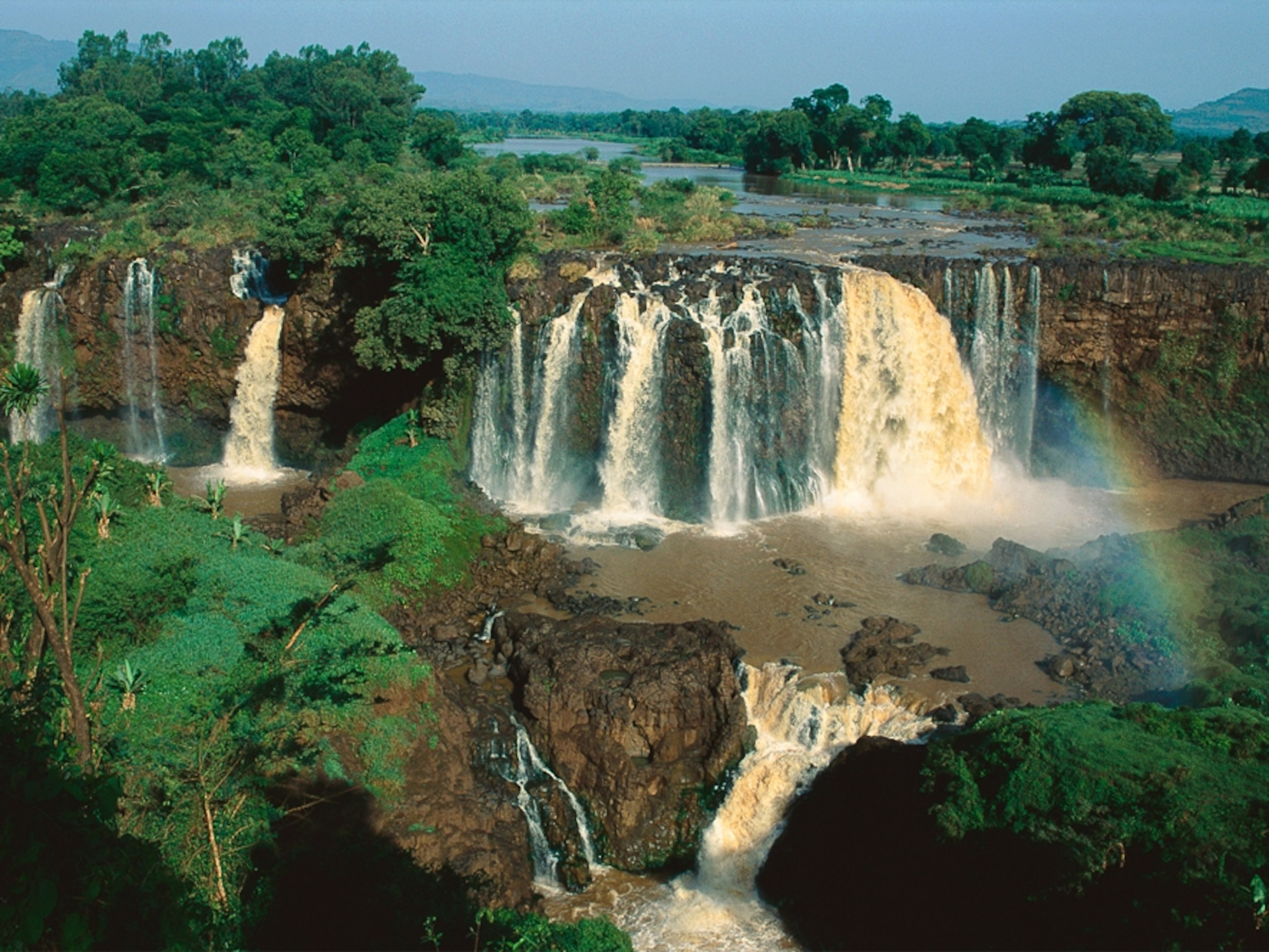See a Massive Dam’s Big Impacts on Tribal Communities
An Italian photographer has spent the past five years photographing how the construction of the Gibe III Dam will affect Ethiopia’s local communities.
The Lower Omo Valley in southwest Ethiopia is home to more than 200,000 people, living in villages along the shores of the mighty Omo River, which meanders for 500 miles through the central highlands and empties into Lake Turkana on the border with Kenya, the world’s largest desert lake.
The region is one of Africa’s last frontiers, unconquered by European colonists, where tribal body-painting and coming-of-age scaring rituals today draw tourists in search of the kind of African experience that has disappeared elsewhere on the continent.
And it may be vanishing in the Omo as well. Starting in 2008, construction of the Gilgel Gibe III Dam on the river upended that life for subsistence farmers, cattle herders, and fishermen, who depended on the Omo’s natural flow to sustain their livelihoods. Now they face a severe shortage of food and government-sponsored modernization that is encroaching on their tribal lands.
The dam is 800 feet (240 meters) high and is Africa’s tallest, and its hydroelectric power plant has doubled Ethiopia’s electricity production. Opened in October 2015, the dam also slowed the Omo’s flow and ended the twice-yearly flooding that nourished river-bank agricultural land and cattle pastures with deposits of nutrient-rich alluvial sediment—and diminished the region’s resilience to drought. Cattle herders have been forced to migrant elsewhere to find suitable grazing pastures, and local agriculture has fallen on hard times.
Drought in the past two rainy seasons has worsened the hardships. The dam also threatens water levels in Lake Turkana, further harming local fishing grounds.
Once the dam was complete, the Ethiopian government leased large swaths of tribal lands to foreign companies to build large, irrigated sugar and cotton plantations. Four sugar-processing plants were scheduled to begin production this year. Some tribes are being resettled.
The plantations and factories employ few of the Omo villagers. Most of the workers have come from outside the valley.
Fausto Podavini, who lives in Rome, photographed the gallery above over five years, between 2011 and 2016.

